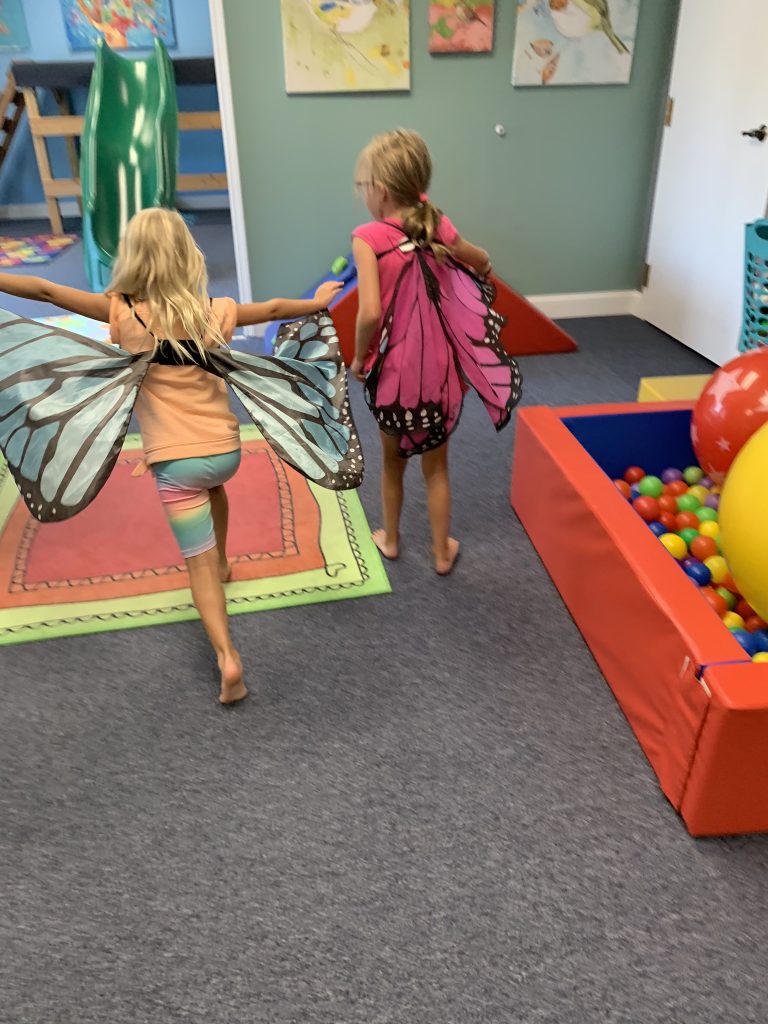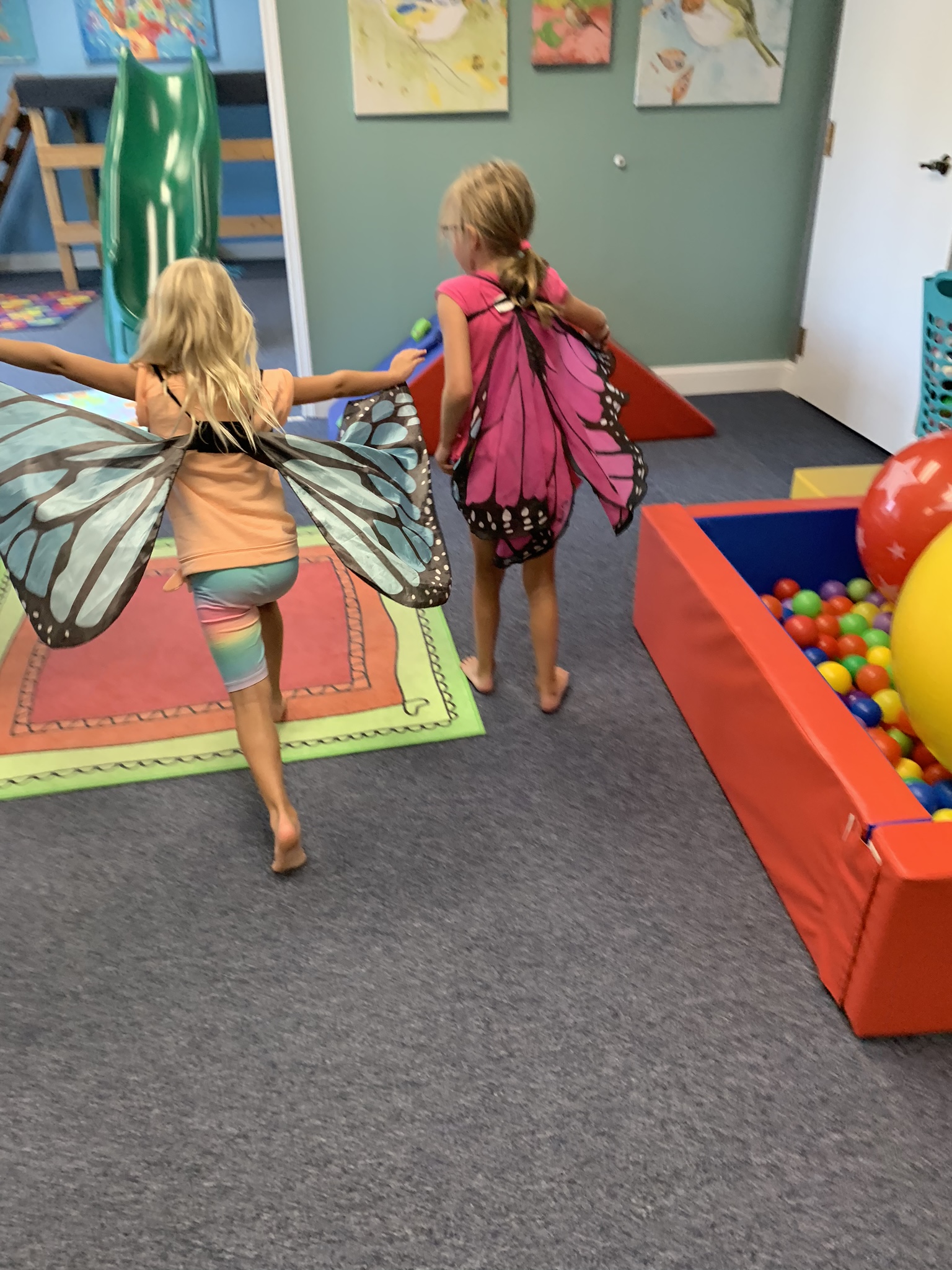It’s mid-September and we are settling into the school year over here after some big transitions to Kindergarten and middle school. It is a time of growth and change, celebration and sorrow all at once. I’m not gonna lie, I might have walked around with a little skip in my step singing George Michael’s song, “Freedom” all day that first week. The ability to actually finish cleaning something before it is dest
Back in the toddler years, our little world was SO small and our lives so entirely enmeshed it could be stifling. Now, I find myself missing that little cacoon-like world that consisted primarily of our living room and kitchen area, filled with piles of unfolded laundry and toys scattered everywhere, where we spent most of our days together. What I’m trying to say is that this is a time of transition and big emotions for parents and kids alike.

I’ve noticed in recent years, the term “anxiety” is popping up more and more in casual conversation and pop culture, but almost always as a negative. “Ugh! That gives me anxiety just thinking about it!” Or “I have anxiety”, or “She’s such an anxious kid.” Yes, there are people who suffer from anxiety disorders that cause distress and significantly impact their ability to function in life, but we ALL have anxiety and that can actually be a good thing! Anxiety has persisted as humans evolved because it protects us. It tells us when something is a big deal and requires our full attention. To a certain extent, anxiety actually increases motivation and productivity. However, left unchecked, anxiety levels can rise to the point where they can be unhealthy, uncomfortable, and even debilitating.
Though it seems counterintuitive, embracing anxiety can be an incredibly powerful way of managing the symptoms. This is part of being mindful. Recognize the signs, remember that feelings often come in waves (that will recede), and roll with it.
How do we teach children this skill? First of all, we can do our best to provide supported exposure to anxiety triggers. As parents, we are often tempted to either empathize with our child and protect them from anxiety (“Its OK honey, you don’t have to do that. Let’s go home.”) OR we deny their emotions and push them into the activity (“You’re FINE! There’s nothing scary about this. Get in there!”) The best approach lies somewhere in the middle. We can empathize, help them identify their own emotions, and prepare them to work through those
When I’m talking with kids about anxious feelings, especially related to new activities and starting school, we talk about “butterflies in our tummy.” I love to use

Before my littlest started Kindergarten, we listened to

